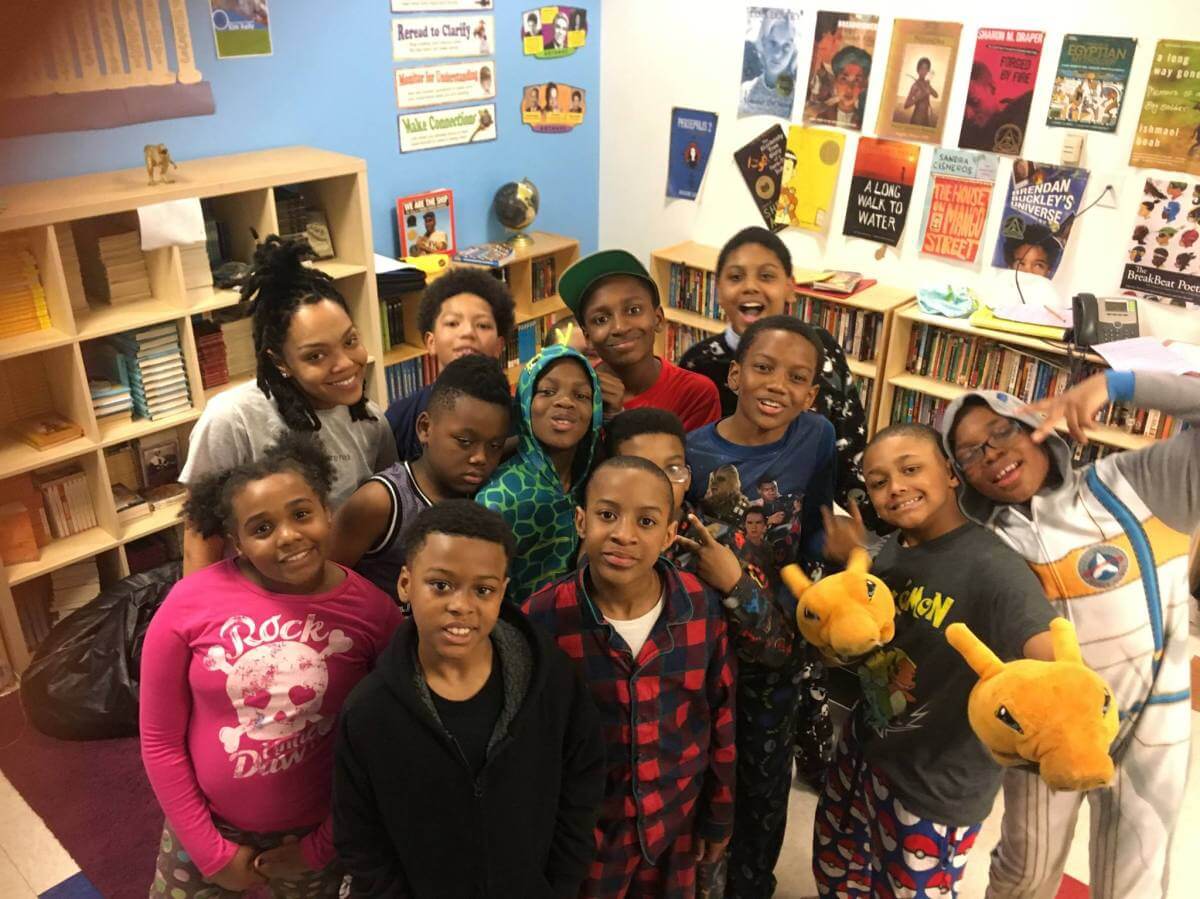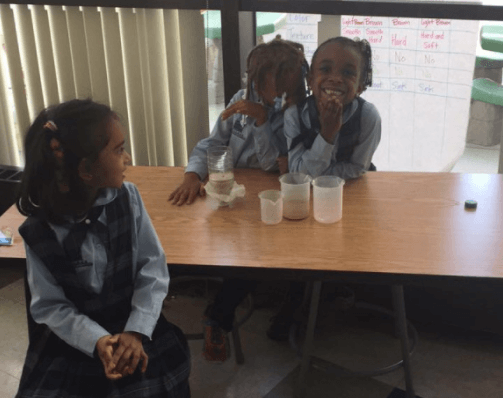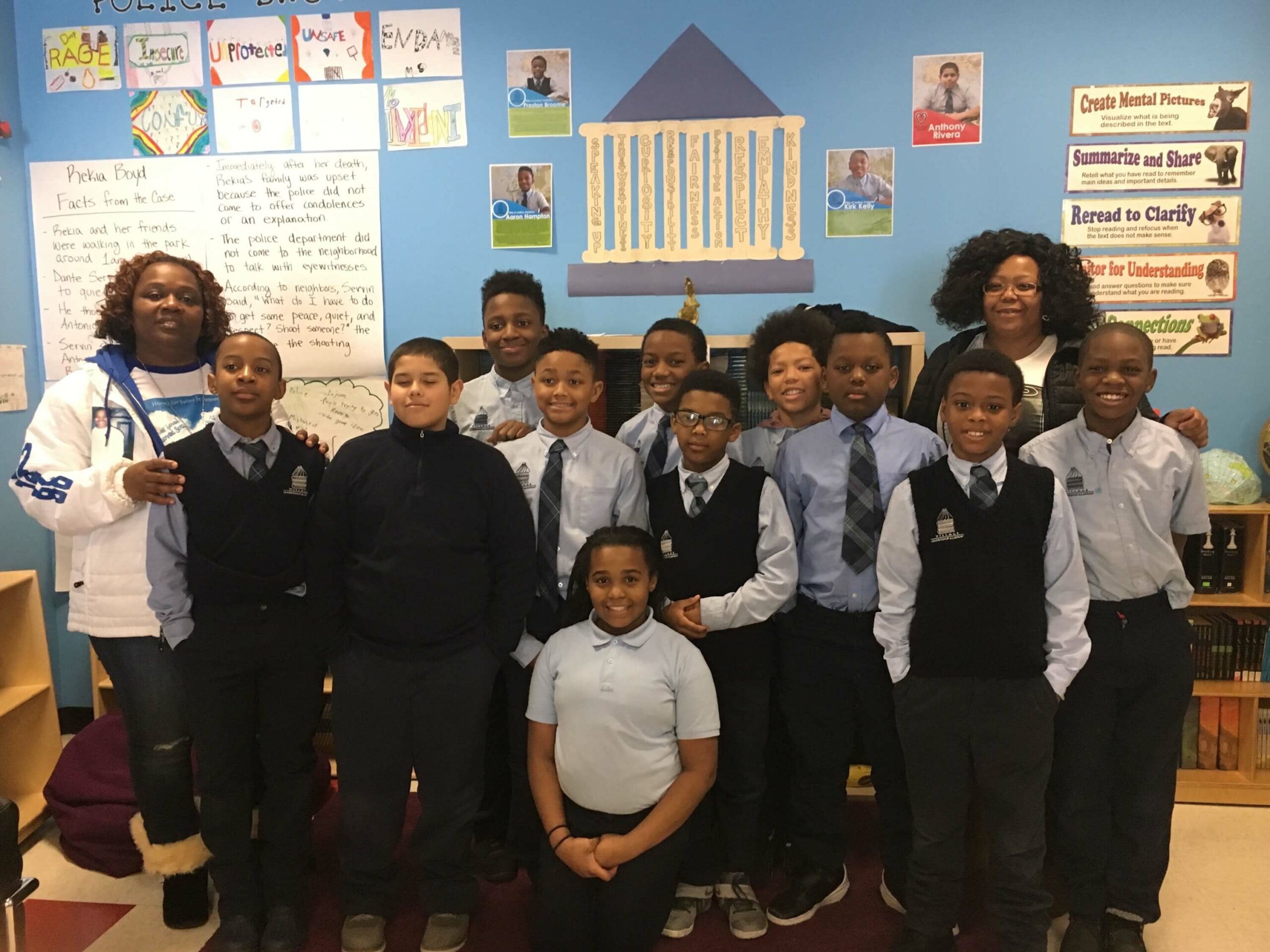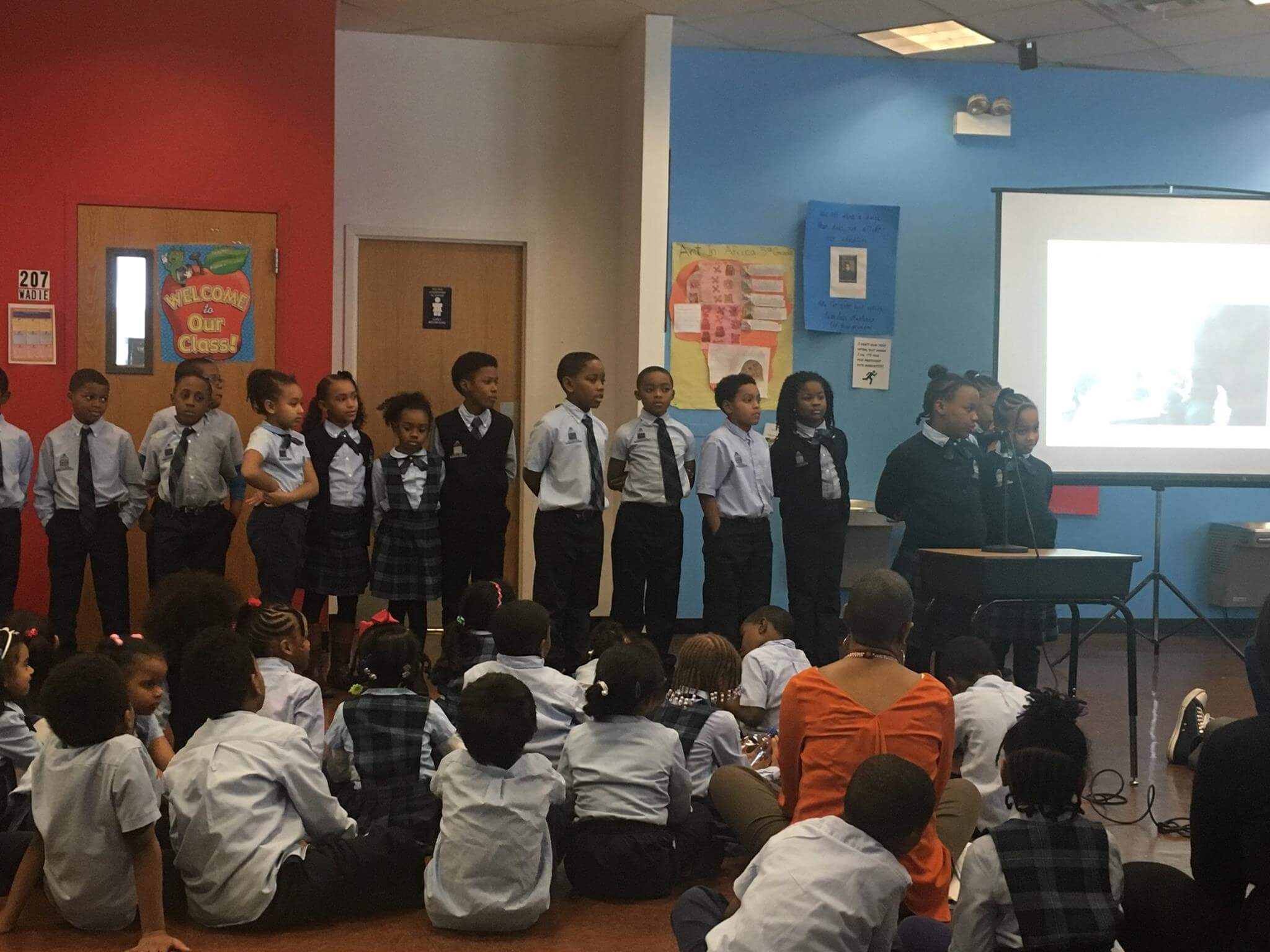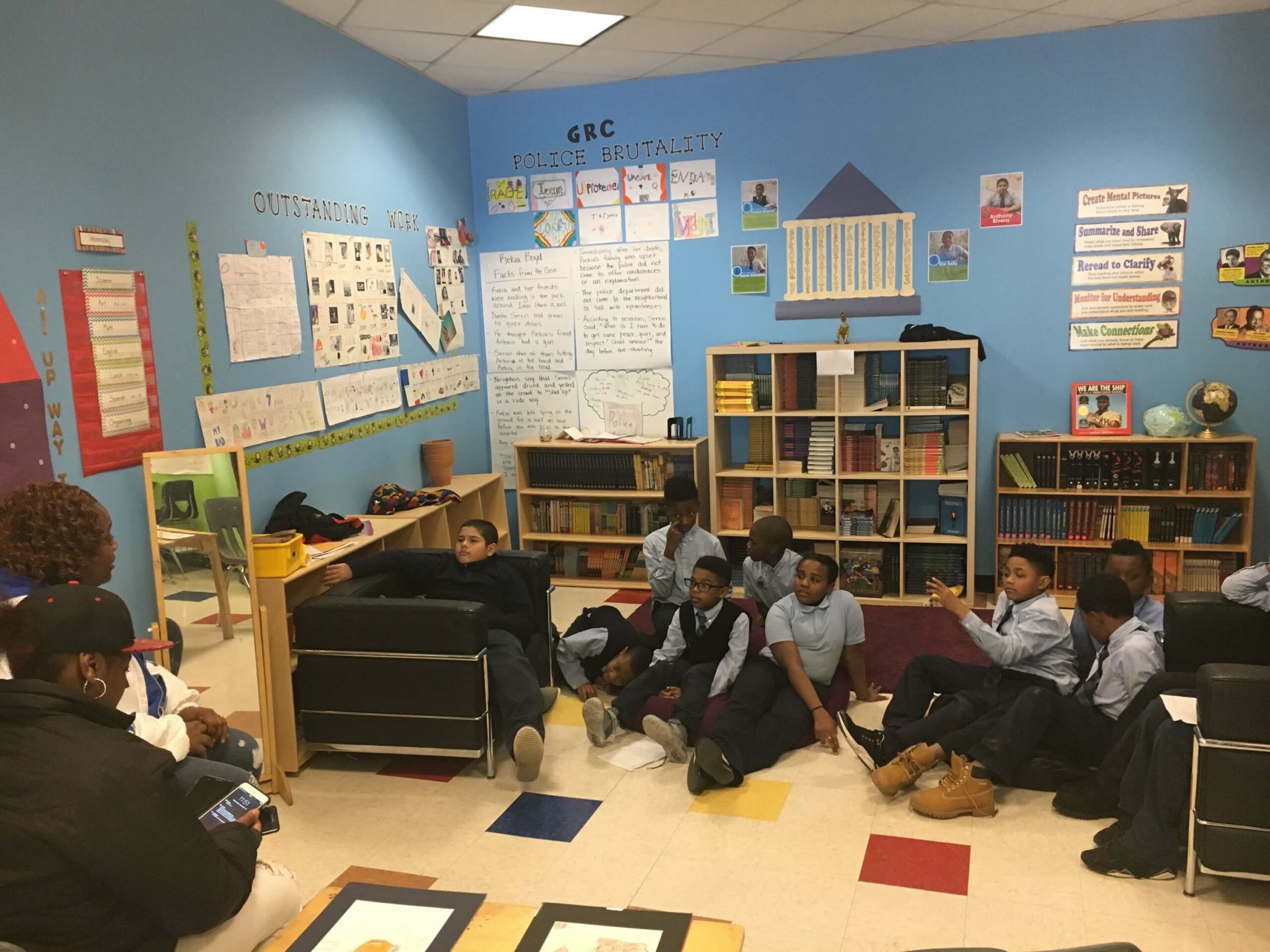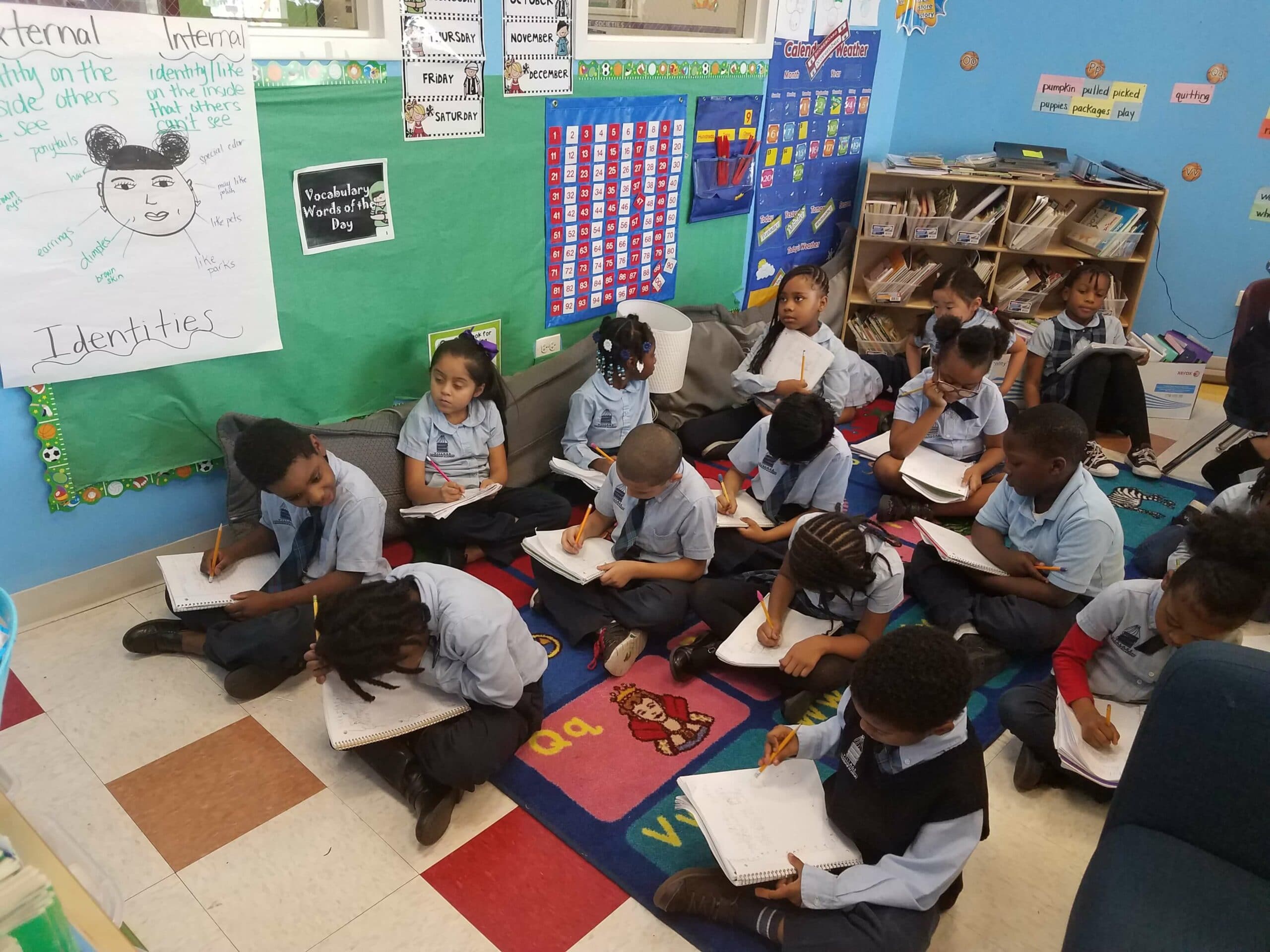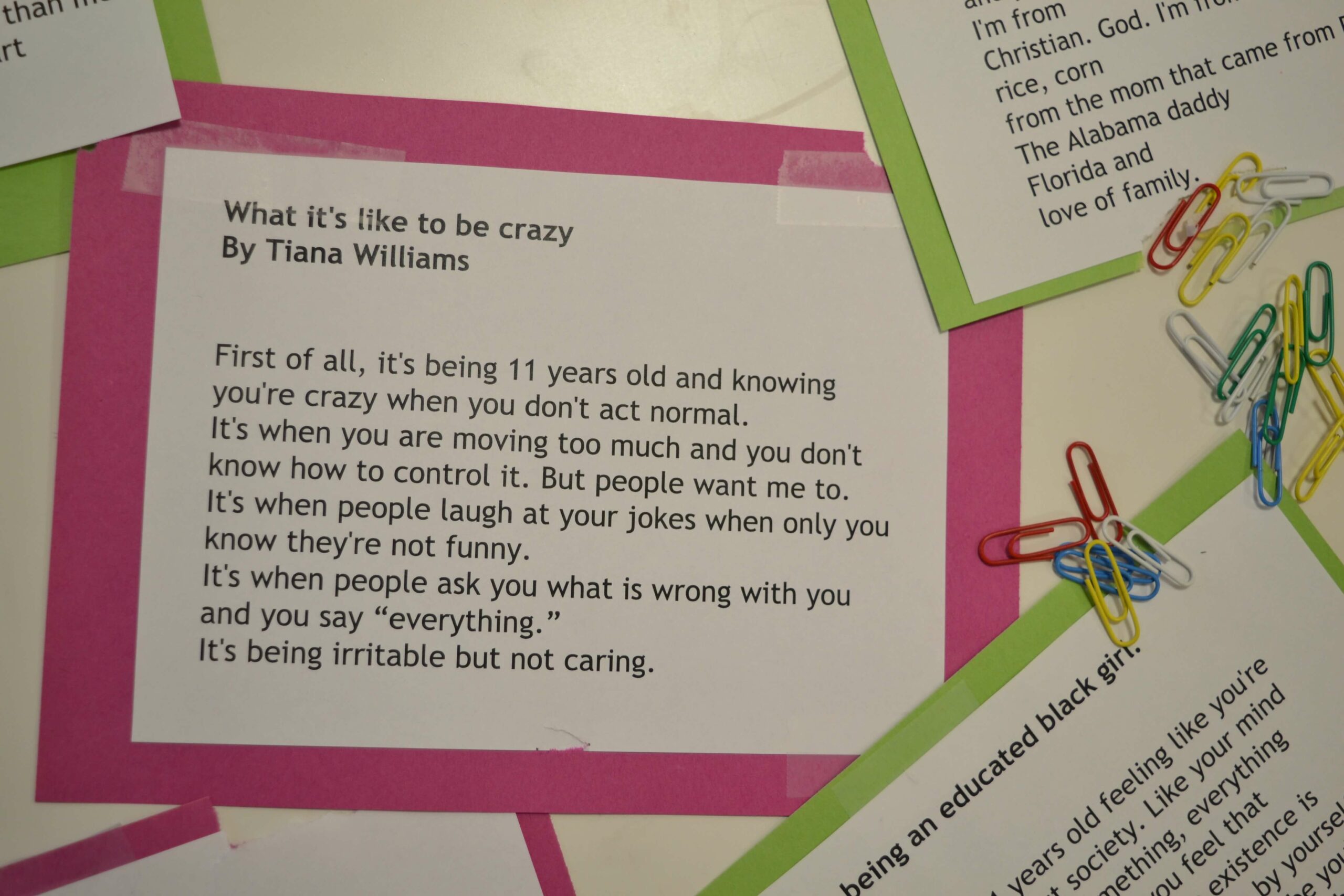Blog
Examining the Tuskegee Syphilis Study: My First Experience Teaching Social Justice
By: VLA Teacher, Alexandra Miller
To be honest, I was intimidated.
My first move–a bit of a misstep–I told them they’d be writing a paper.
“But, why?!”
At first, I thought, that’s the whole point! I want you all to be strong writers! I soldiered forward, telling them we would learn and discuss three scientific research studies that violated human rights–the first of which would be the Tuskegee Syphilis Study. No one was familiar with it, no one was any more interested in the thought of writing a paper.
We began by reading an article from the New York Times, which told us that the study, launched in 1932, involved, “412 poor black men” who were infected with syphilis by the U.S. Department of Health. Syphilis is a sexually transmitted infection.
These men were infected without their knowledge, so researchers could study the effects of prolonged infection.
And the men were intentionally deceived, told they were receiving free health care while being kept away from syphilis treatment and information. And the questions started spilling out:
“Why were these men chosen?”
“Why were they infected without their knowledge?”
“Why did they want to study syphilis?”
“But, why?”
We began by analyzing the two groups involved. We started with the men who were infected. Who were they?
They were poor, rural (which we interpreted to mean uneducated), Black sharecroppers. Here the students’ background knowledge triggered sophisticated understanding–a student spoke up pointing out that sharecroppers were direct descendants of enslaved peoples, a historically oppressed group. And the scientists, who were they? Employed, so most likely middle class, educated, white, and representative of the federal government.
We were no closer to answering the most burning question: “But, why?”
I’m not sure but I think they expected a justifiable reason for why these men were chosen. Science strives for answers, right?
For the greater good of increasing our wealth of knowledge, right?
Shouldn’t it be objective enough to see beyond the social constructions of racism?
Or at least be ethical enough to protect the people they involved in the study?
But that doesn’t appear to be the case, because they didn’t administer penicillin to these men after it was discovered to cure the infection.
“But, why?”
As a teacher and as a person, I can’t answer this question. Together with my students we will continue to learn about how this happened and work toward understanding how to insure it doesn’t happen again.
Enroll Now
Discover a partner in the future of your child. Enroll your scholar for the 2021-2022 school year today!
